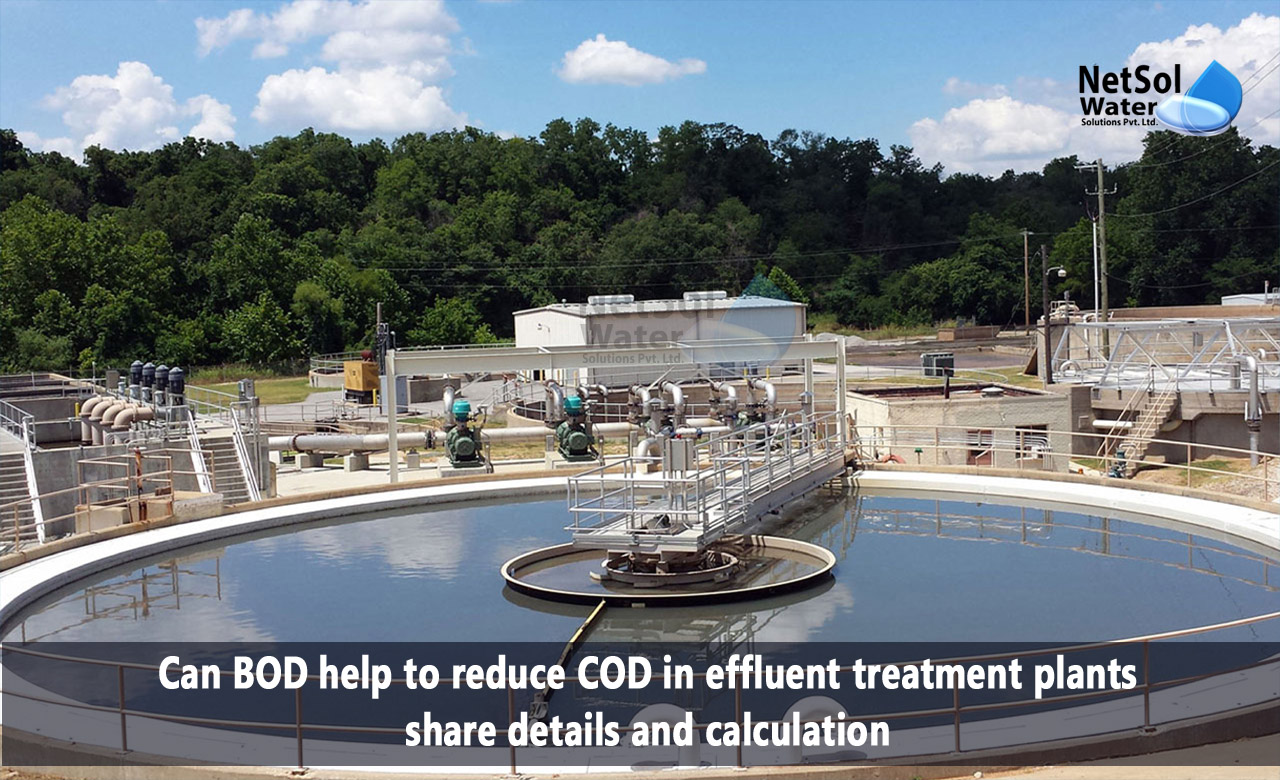Biological Oxygen Demand (BOD) and Chemical Oxygen Demand (COD) are both important parameters in measuring the organic content in wastewater. BOD refers to the amount of oxygen consumed by microorganisms when they break down organic matter in the water, while COD measures the amount of oxygen required to chemically oxidize the organic matter in the water. In the context of effluent treatment plants, BOD and COD play a critical role in ensuring that wastewater is treated effectively before being discharged into the environment.
Can BOD Help Reduce COD in Effluent Treatment Plants?
BOD can indirectly help in reducing COD in effluent treatment plants. BOD is an indicator of the amount of biodegradable organic matter present in the wastewater. This organic matter can be broken down by microorganisms in the presence of oxygen, leading to a decrease in BOD levels. The breakdown of this organic matter results in the production of carbon dioxide and water, which do not contribute to COD. Therefore, a reduction in BOD levels can lead to a reduction in COD levels.
However, it is important to note that BOD and COD are not interchangeable, and a decrease in BOD does not necessarily mean a decrease in COD. Some types of organic matter may not be biodegradable and therefore cannot be broken down by microorganisms, leading to a persistent COD level. Therefore, effluent treatment plants must use a combination of physical, chemical, and biological treatments to ensure effective wastewater treatment.
Which Kind of Effluent Treatment Plant Can BOD Help?
BOD is particularly helpful in biological effluent treatment plants. These plants use microorganisms to break down organic matter in wastewater, and BOD levels are used to measure the efficiency of this process. If BOD levels decrease, it indicates that the microorganisms are effectively breaking down the organic matter, leading to a decrease in pollution levels.
Calculation of BOD and COD
BOD and COD are typically measured in milligrams per liter (mg/L). The BOD test involves measuring the dissolved oxygen in a sample of wastewater before and after incubation with microorganisms for a specific period. The difference in dissolved oxygen levels is used to calculate the BOD level.
COD is measured by oxidizing the organic matter in the wastewater using a strong oxidizing agent such as potassium dichromate in the presence of sulfuric acid. The amount of oxygen required to oxidize the organic matter is then measured, and the COD level is calculated.
The formula for BOD calculation is as follows:
BOD = (DO1 - DO2) * dilution factor * 1000 / mL of sample taken
Where, DO1 = Dissolved oxygen in mg/L before incubation DO2 = Dissolved oxygen in mg/L after incubation Dilution factor = Ratio of volume of sample to volume of dilution water Ml of sample taken = Volume of sample taken in mL
COD is measured by oxidizing the organic matter in the wastewater using a strong oxidizing agent such as potassium dichromate in the presence of sulfuric acid. The amount of oxygen required to oxidize the organic matter is then measured, and the COD level is calculated.
The formula for COD calculation is as follows:
COD = (V1 - V2) * N * 8000 / mL of sample taken
Where, V1 = Volume of potassium dichromate solution used for the sample in mL V2 = Volume of potassium dichromate solution used for blank in mL N = Normality of potassium dichromate solution Ml of sample taken = Volume of sample taken in mL
Conclusion:
In conclusion, BOD can indirectly help in reducing COD levels in effluent treatment plants, particularly in biological treatment plants. However, it is important to note that BOD and COD are not interchangeable, and a reduction in BOD does not necessarily mean a reduction in COD. Therefore, effluent treatment plants must use a combination of physical, chemical, and biological treatments to ensure effective wastewater treatment.



